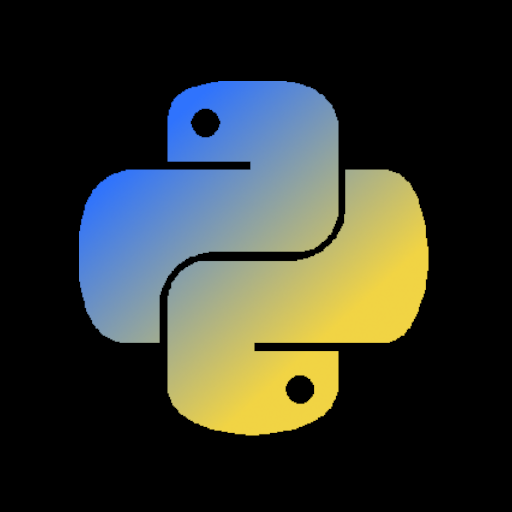if var1 equals 1, and you run var2 = var1, that sets var2 to 1.
if list1 equals [], and you run list2 = list1, that sets list2 to list1
so if you then run var1 = 2, var2 will still be 1
but if you run list1 = [3, 2, 1], list2 will give []


It doesn’t seem to copy the value, just make another reference:
One thing I know that Python does is optimize the value away for the few smallest values of the primitives. But that’s on optimizations.
Oh right! You are indeed correct. It is effectively just seeing a pointer there. What Python considers that to be is a shallow copy. But this only applies to “primitive” types. If you change the value of either, it will cease to act as a pointer to the same object but instead allocate a new one. It’s a bit weird if one isn’t used to all of that abstraction between oneself and the memory.
As I said, it’s because you can’t change the value of a primitive value. (That is, unless you abuse the C interface.)
Because Python doesn’t protect classes, you just can’t do the same with the types you create. But that’s what is special, not the way if handles variables.
And this is different from languages like Java/C#, PHP/Perl, etc. Most imperative languages have primitive atomic values that go directly into your variables. But Python has only references (except for some complicated optimizations). Anyway, it is weird, and it’s one of the reasons people should learn C or Rust eventually.